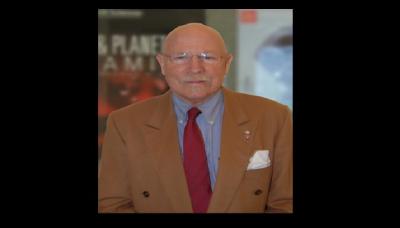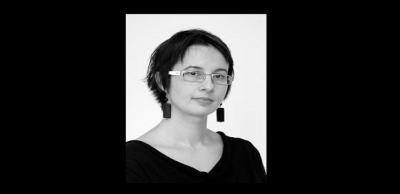The Slovene Research Initiative (SRI) had a busy spring semester, conducting its annual faculty exchange call for applications, as well as holding its yearly lecture. SRI is excited to announce that this year two scholars from Ohio State will be heading to Slovenia to conduct research and network with scholars.
2017 Faculty Exchange

W. Berry Lyons, professor and director, School of Earth Sciences, will travel to Slovenia in July to collaborate with the Anton Melik Geographical Institute and
scholars researching the melting of the Triglav Glacier in the Slovenian Alps. The Triglav Glacier is small, but it is an important symbol to the Slovene nation, its mountain peak appearing on the Slovene coat of arms and used as symbol of resistance to Fascist and Nazi armies in World War II. Lyons aims to collect water samples from the glacier, filter them there, and then send the water and suspended sediment back to Columbus to determine whether the melt source is recent snow or glacier ice, chemical weathering rates, and the rate of landscape erosion.
Theodora Dragostinova, associate professor of history, will travel to Slovenia to present her current work on Bulgarian international cultural policies during the Cold War for her book manuscript “Communist Extravaganza: Bulgarian Cultural Diplomacy and the Global Cold War Order.” The work focuses on cultural exchanges in the 1970s and 1980s in Bulgaria, analyzing Bulgarian domestic and foreign policies to gauge the importance of cultural diplomacy in a tumultuous time period in terms of political and economic change.
Annual Lecture

In March, SRI held its annual lecture. This year, Tanja Petrovic from the Institute of Culture and Memory Studies (Slovenia) delivered a lecture on “Socialist Military
Service and the Scattered Archive of Yugoslav Masculinity,” on Thursday, March 9.
Petrovic discussed the role the Yugoslav army played in the identity and formation of men throughout the history of Yugoslavia. Interestingly, she explained that most men dreaded their year of army service but as they aged, they remained connected to the people and memories that shaped them during their service.
Petrovic shared photographs revealing the control the army had over the conscripts: each photo was staged identically with the men wearing similar expressions. However, Petrovic argued, behind each image is an individual’s story, and it is just that story that she wishes to capture. Instead of researching the anomalous experiences of soldiers, Petrovic has recorded the ordinary stories of men in the army because she wishes to describe the shared experiences of men all over the former Yugoslavia.
These shared experiences occurred because men from across the ethnically diverse country lived and worked together for one year in a place that was most likely unfamiliar to all of them. The army united Catholics, Muslims and Orthodox Christians and gave them a shared space to create memories together. Thus, lifelong friendships were formed that transcended ethnic identities and cultivated cultural affinities that were more important than ethnic belonging.
